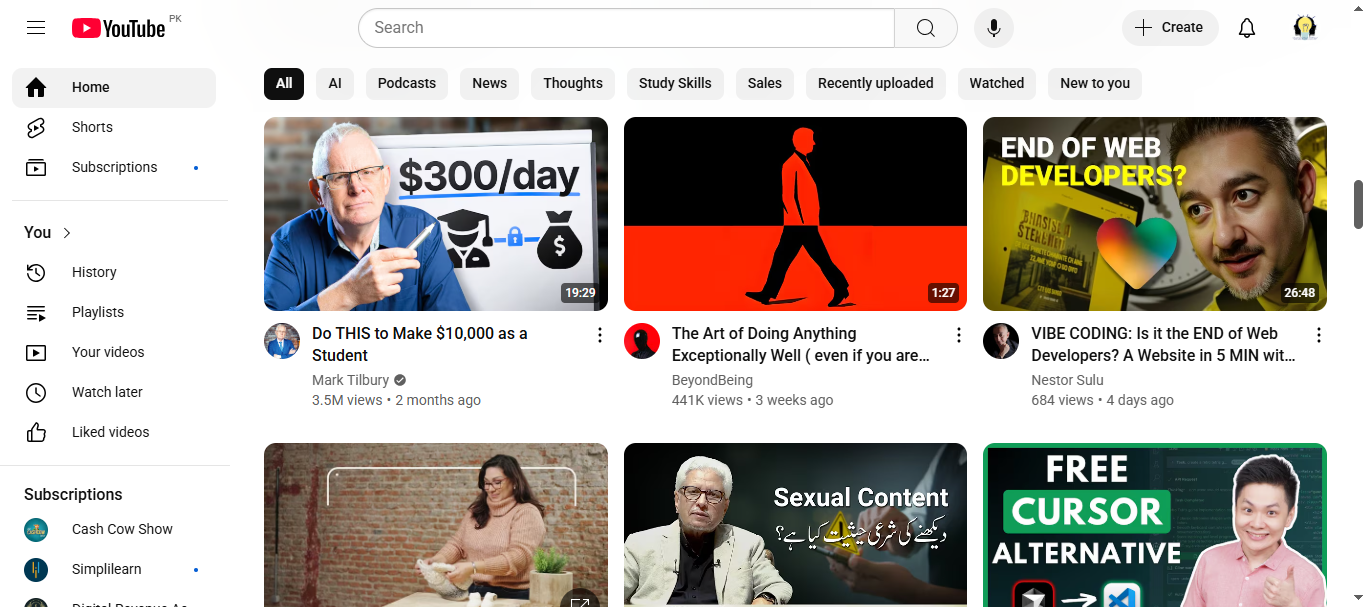Beyond the Byline: How to Write an Engaging Article That People Can't Stop Reading
In a world saturated with information, simply putting words on a page isn't enough. To truly capture hearts and minds, an article needs to be more than just informative; it needs to be engaging. It needs to compel readers to stick around, to share, and to remember. So, how do you craft content that transcends the noise and resonates deeply with your audience? It's a blend of art and science, and with a few key strategies, you can transform your writing from mundane to magnetic.
1. Hook 'Em from the Get-Go: The Irresistible Introduction
The first few sentences are your make-or-break moment. In a sea of fleeting attention spans, you have precious seconds to convince a reader that your article is worth their time. Forget the bland, factual opening. Instead, aim for:
- A compelling question: Pose a dilemma or a thought-provoking query that directly relates to your topic.
- A surprising statistic or fact: Drop a bombshell that immediately grabs attention and sparks curiosity.
- A vivid anecdote or personal story: Transport your reader directly into a relatable experience.
- A bold statement or a myth debunked: Challenge conventional wisdom and promise a fresh perspective.
Whatever your approach, make it intriguing, make it relevant, and make it impossible to ignore.
2. Know Your Audience, Speak Their Language
Who are you writing for? Understanding your target audience is paramount. Are they experts, novices, or somewhere in between? What are their pain points, their aspirations, their sense of humor?
- Tailor your tone: Casual and conversational for a general audience, more formal and technical for industry professionals.
- Use relatable examples: Illustrations and analogies that resonate with their experiences will make your points more tangible.
- Address their needs and interests: Show them early on that your article will provide value, answers, or entertainment they're looking for.
When readers feel understood and spoken to directly, they're far more likely to stay engaged.
3. Tell a Story, Don't Just State Facts
Humans are hardwired for stories. Even if your article is purely informational, weaving a narrative through it can make it infinitely more engaging.
- Create a problem and a solution: Present a challenge and then guide the reader through how your information or ideas can overcome it.
- Introduce characters (even if they're abstract): Consider the "journey" of a concept or the "struggle" of a particular issue.
- Use metaphors and similes: Paint pictures with your words, making complex ideas more accessible and memorable.
- Build suspense: Lead the reader through your arguments with a sense of anticipation for what comes next.
A well-told story transforms a dry presentation of facts into an immersive experience.
4. Keep it Conversational, Yet Credible
Imagine you're having a captivating conversation with a smart, articulate friend. That's the tone you want to strike.
- Vary sentence structure: Mix short, punchy sentences with longer, more descriptive ones to create a natural rhythm.
- Use active voice: It makes your writing more direct and energetic. "The author wrote the article" is better than "The article was written by the author."
- Incorporate rhetorical questions: These engage the reader directly and prompt them to think.
- Don't shy away from your voice: Let your personality shine through. Authenticity is endearing.
- Back up your claims: While being conversational, ensure your points are well-researched and supported by evidence or examples. Credibility builds trust and engagement.
5. Structure for Scannability and Flow
Even the most brilliant prose can be lost if it's presented as an impenetrable block of text. Make your article easy on the eyes and simple to navigate.
- Compelling Subheadings: Break up your content with clear, descriptive subheadings that act as mini-headlines, guiding the reader through your arguments.
- Short Paragraphs: Avoid lengthy paragraphs that overwhelm the reader. Aim for 2-4 sentences per paragraph.
- Bullet Points and Numbered Lists: Perfect for digestible chunks of information, tips, or steps.
- Strategic Use of Bold Text: Highlight key takeaways or crucial phrases, but use sparingly to maintain impact.
- Visuals (Where Appropriate): Images, infographics, or videos can break up text, illustrate points, and provide an additional layer of engagement.
6. End with a Bang, Not a Whimper: The Call to Action or Lingering Thought
Don't just stop writing. Give your readers something to do, something to think about, or a feeling to carry with them.
- A clear call to action (CTA): Encourage comments, shares, subscriptions, or visits to another resource.
- A powerful summary: Reiterate your core message in a memorable way.
- A thought-provoking question: Leave them pondering the implications of what they've just read.
- An inspirational or hopeful message: End on a positive and empowering note.
An effective conclusion reinforces your message and leaves a lasting impression.
The Art of Iteration
Remember, writing an engaging article isn't a one-and-done task. It involves drafting, refining, and often, getting feedback. Read your article aloud to catch awkward phrasing. Ask a trusted friend or colleague to review it for clarity and impact. The more you practice and iterate, the more naturally these engaging techniques will come to you.
In the end, articles that people love are articles that make them feel something – informed, amused, inspired, challenged. By focusing on your audience, telling a compelling story, and presenting your ideas with clarity and personality, you can move beyond simply writing words and start crafting content that truly connects.

Be the first to share your thoughts!